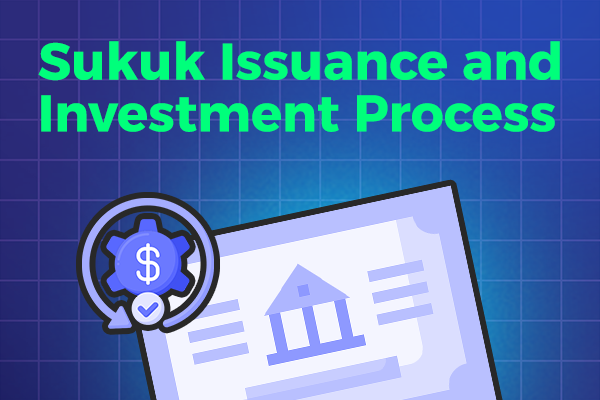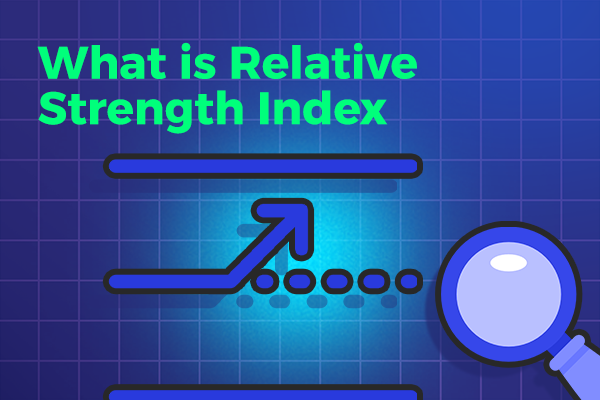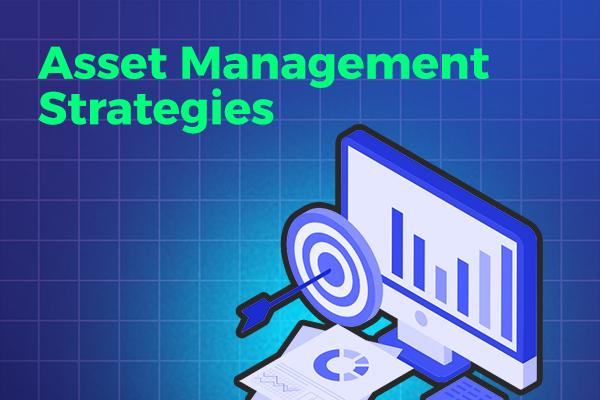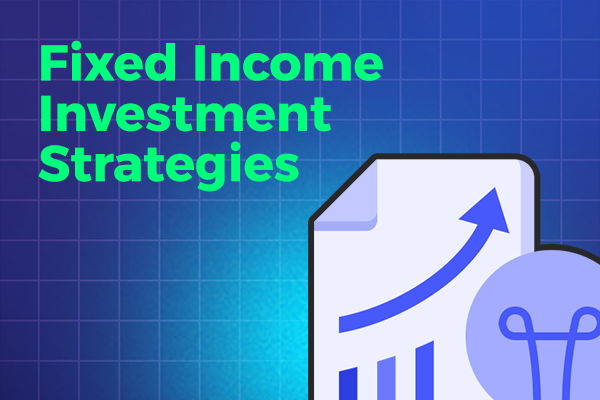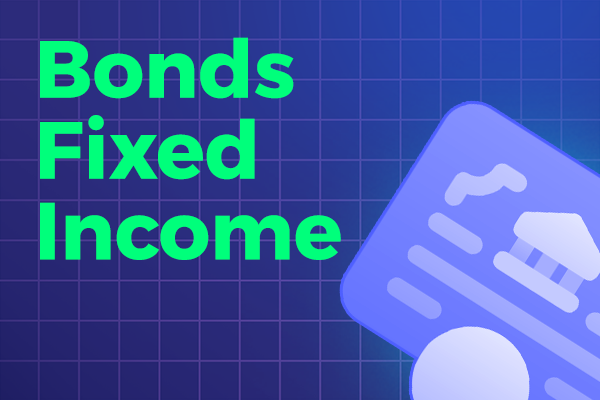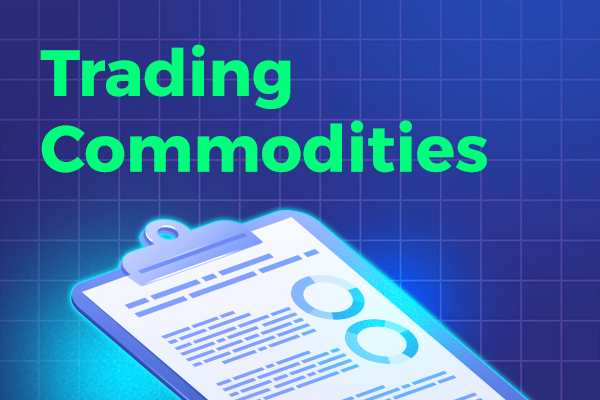If you’re thinking about investing in mutual funds, you might be wondering if you can sell your shares whenever you feel like it. Well, the answer to that question is not as simple as a yes or no. There are certain factors that come into play when it comes to buying and selling mutual fund shares. In this blog, we’ll explore the ins and outs of selling mutual fund shares and shed some light on this often confusing topic. So, let’s dive in and find out if you can sell mutual fund shares whenever you feel like it!
2. So, why does this even matter? Well, let’s dig into why knowing when you can sell your mutual fund shares is important.
Understanding the rules and regulations surrounding the sale of mutual fund shares is crucial for any investor. The ability to sell your shares whenever you want provides you with flexibility and control over your investments. It allows you to make adjustments to your portfolio based on market conditions, changes in your financial goals, or simply to cash out on your investments.
However, it’s important to note that not all mutual funds offer the same level of liquidity. Some funds may have restrictions or penalties when it comes to selling shares, such as redemption fees or minimum holding periods. By understanding these restrictions beforehand, you can make informed decisions and avoid any unexpected costs or restrictions.
Knowing when you can sell your mutual fund shares also helps you to plan your investment strategy. If you’re looking for short-term gains, you might choose funds that offer more liquidity and quick access to your money. On the other hand, if you have a long-term investment horizon, you might opt for funds with lower liquidity restrictions.
Ultimately, being aware of the rules and limitations around selling mutual fund shares empowers you as an investor. It allows you to align your investment strategy with your financial goals and make decisions that are right for your individual circumstances.
In the next section, we’ll take a closer look at the different types of mutual funds and how their liquidity varies. So stay tuned to find out more about selling mutual fund shares whenever you feel like it!
3. Alright, so here’s the deal – when it comes to selling mutual fund shares, there are a few things you need to know. Let’s break it down.
3. Alright, so here’s the deal – when it comes to selling mutual fund shares, there are a few things you need to know. Let’s break it down.
Firstly, not all mutual funds are created equal, and this applies to their liquidity as well. Some mutual funds are known as open-end funds, which means you can buy and sell shares on any business day at the fund’s net asset value (NAV). In other words, you have the freedom to sell your shares whenever you feel like it without any restrictions.
On the other hand, there are mutual funds known as closed-end funds. These funds have a fixed number of shares available, and they are traded on the stock exchange like regular stocks. The liquidity of closed-end funds can vary, as their share price is determined by supply and demand in the market. This means that selling your shares might not be as simple or immediate as it is with open-end funds.
Additionally, there are also certain mutual funds that have lock-up periods. This means that you are required to hold your shares for a specific period of time before you can sell them. These lock-up periods are typically seen with hedge funds and private equity funds, which aim for long-term investments.
In the next section, we’ll dive deeper into the differences between open-end and closed-end funds, and explore the key factors you should consider when deciding to sell your mutual fund shares. So stay tuned for more insights on selling your mutual fund shares whenever you feel like it!
4. Okay, so finding out if you can sell your mutual fund shares freely is the first step. Let’s explore how you can figure that out.
4. Alright, here’s the scoop – figuring out if you can sell your mutual fund shares freely is a crucial step. Lucky for you, there are a few ways to go about it.
The first thing you can do is check the fund’s prospectus. This helpful document will reveal all the essential details about the fund, including any restrictions on selling your shares. Look for sections that talk about liquidity, redemption policies, and any lock-up periods that may be in place.
Another handy resource is your fund manager or financial advisor. They have a wealth of knowledge about the fund and can provide you with valuable insights into its selling policies. Don’t hesitate to reach out and ask them any questions you may have.
Lastly, you can consult the fund’s website or contact their customer service. These sources often have information readily available regarding the liquidity of their funds and any selling restrictions.
In the next section, we’ll delve further into the process of selling your mutual fund shares, including important factors to consider and potential fees. So get ready to become a pro at selling your shares whenever you feel like it! Stay tuned for more useful tips!
5. Now, let’s say you can sell your mutual fund shares whenever you want – great news! But wait, how do you actually go about selling them? Let’s find out.
5. Alright, so you’ve confirmed that you can sell your mutual fund shares whenever you feel like it. That’s fantastic news! But now, you might be wondering about the actual process of selling those shares. Don’t worry, I’ve got you covered.
The most common way to sell your mutual fund shares is through your brokerage account. Simply log in to your account, find the mutual fund in question, and select the option to sell. Make sure you double-check the number of shares you want to sell and the price at which you’re selling.
Another option is to contact your fund manager or financial advisor directly. They can guide you through the selling process and ensure that it’s done correctly. They might even be able to provide you with additional options or advice based on your specific situation.
Now, keep in mind that selling your mutual fund shares may come with some fees. These can include sales charges, redemption fees, or brokerage commissions. Make sure you understand and consider these costs before making any decisions.
In the next section, we’ll explore some important factors to consider when selling your mutual fund shares, such as tax implications and timing the market. So, stay tuned for more insider tips on how to make the most out of selling your mutual fund shares!
6. Here’s a cool thing about mutual funds – when you sell your shares, you might have a little community cheering you on. We’ll explain why.
6. Now, I know what you’re thinking – why would anyone be cheering for me when I sell my mutual fund shares? Well, the answer lies in the way mutual funds are structured.
Mutual funds are made up of a pool of investors’ money, which is then managed by a professional fund manager. This means that when you sell your shares, you’re essentially taking your portion of the money out of the pool.
So, why would anyone be happy about that? Well, it’s because when you sell your shares, the fund manager may need to sell some of the underlying investments in the mutual fund to meet your redemption request. And guess what? The people who own those underlying investments might find themselves with a nice little boost in their returns.
You see, when the fund manager sells an investment at a profit, those gains are passed on to the mutual fund shareholders. This is known as a capital gain distribution, and it can be a welcome surprise for those who are still invested in the fund.
So, the next time you sell your mutual fund shares, remember that you could be putting a smile on the faces of your fellow investors. It’s just one of the cool things about investing in mutual funds!
In the next section, we’ll delve into some common misconceptions about selling mutual fund shares. Stay tuned to debunk some myths and gain a better understanding of how the process really works.
7. Alright, we’ve covered quite a bit. So, to wrap things up, when it comes to selling mutual fund shares, it’s good to know the ins and outs. Cheers!
7. Alright, we’ve covered quite a bit. So, to wrap things up, when it comes to selling mutual fund shares, it’s good to know the ins and outs. Cheers!
Now that we’ve explored the exciting aspect of selling mutual fund shares, it’s time to debunk some common misconceptions. Many people believe that they can sell their mutual fund shares whenever they feel like it, without any limitations. However, that’s not entirely true.
Mutual funds typically have a set cut-off time for redemption requests, usually around 4:00 PM Eastern Time. If you submit your request before this time, the sale will be processed at the end of the trading day. But if you miss the cut-off, your redemption request will be executed the next trading day.
Additionally, some mutual funds may impose redemption fees or delays, especially if you’ve held the shares for a short period of time. These fees and restrictions are put in place to discourage frequent trading and ensure fairness among all investors.
So, as you can see, there are certain factors to consider when selling mutual fund shares. It’s always best to consult your fund’s prospectus or speak with a financial advisor to understand the specific rules and regulations that apply.
That concludes our discussion on selling mutual fund shares. We hope this has shed some light on the topic and helped you gain a better understanding of how the process really works. Remember, knowledge is key when it comes to making informed financial decisions.
Thanks for joining us on this journey, and until next time, happy investing!
Take a look at this: Exploring Over-the-counter ED Remedies: A Comprehensive Guide
